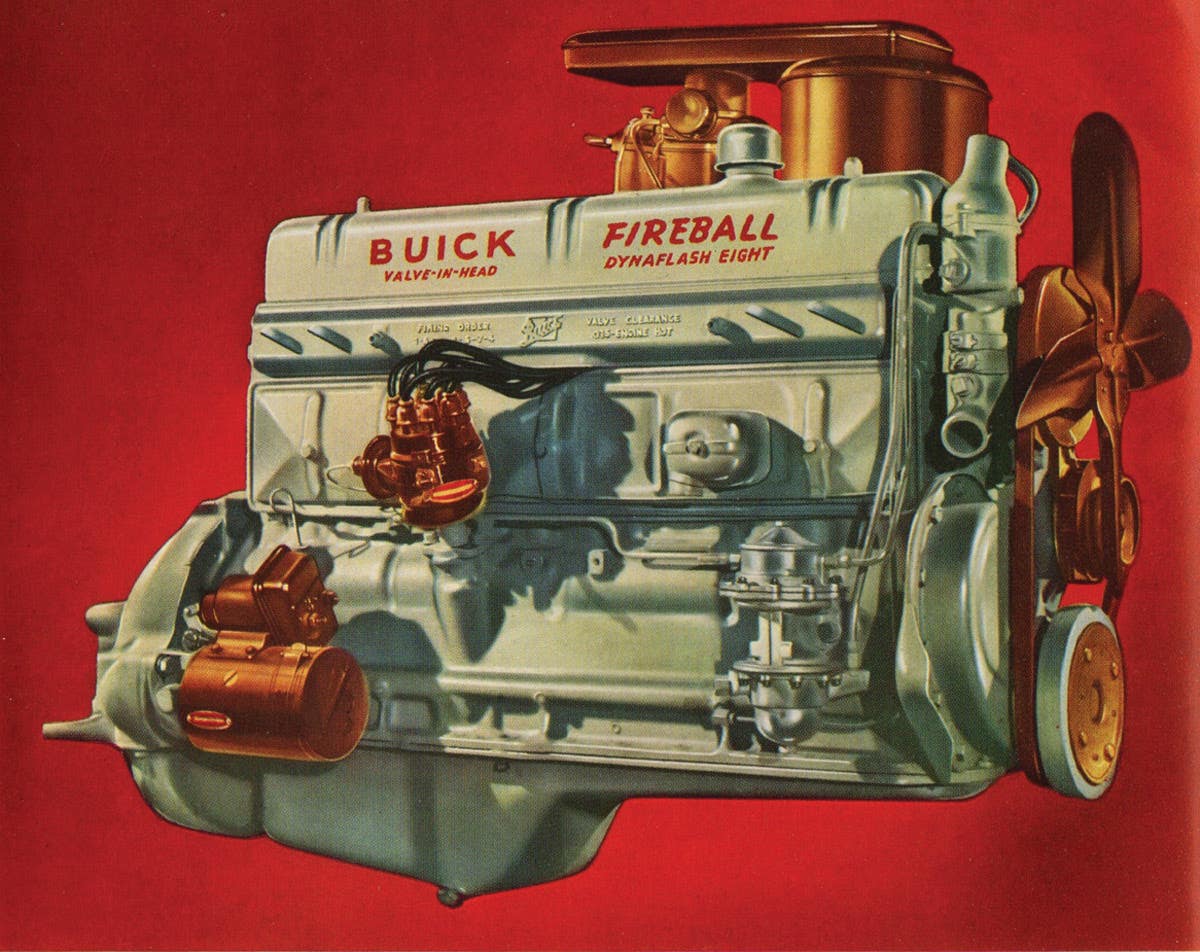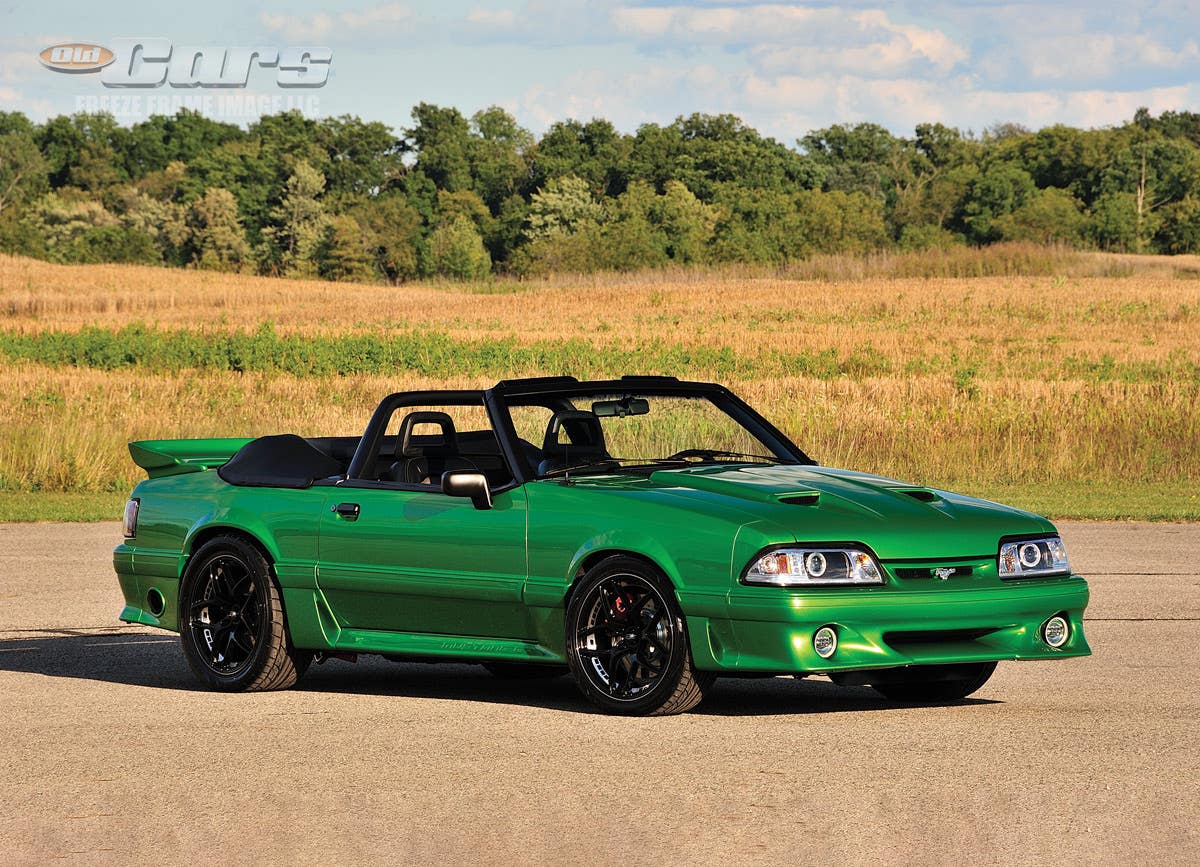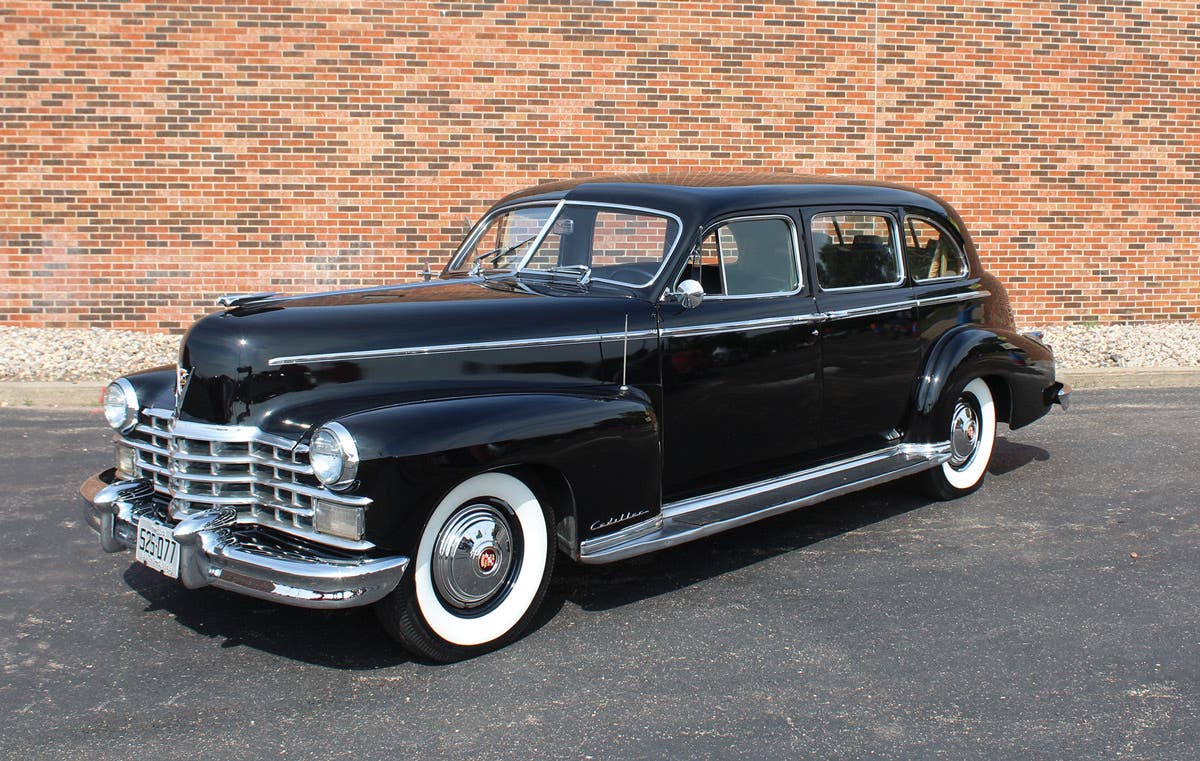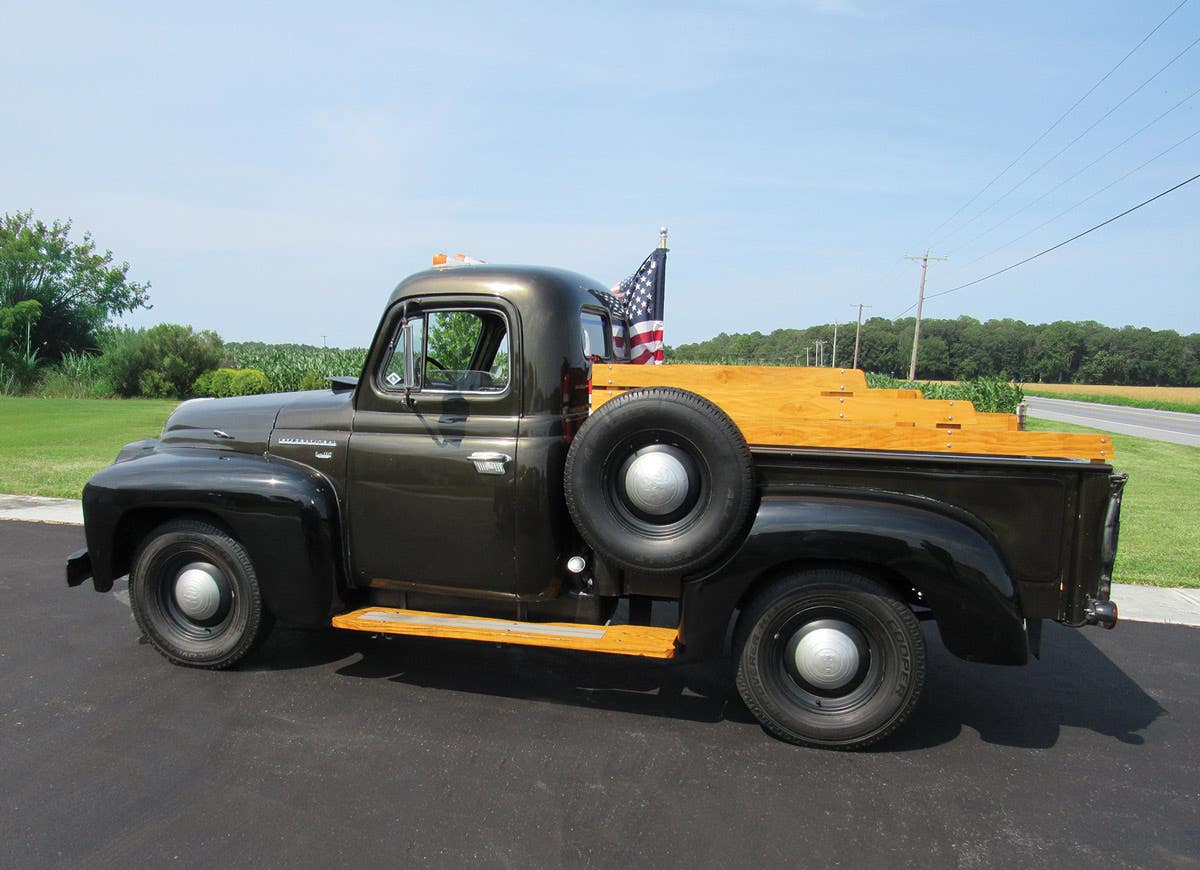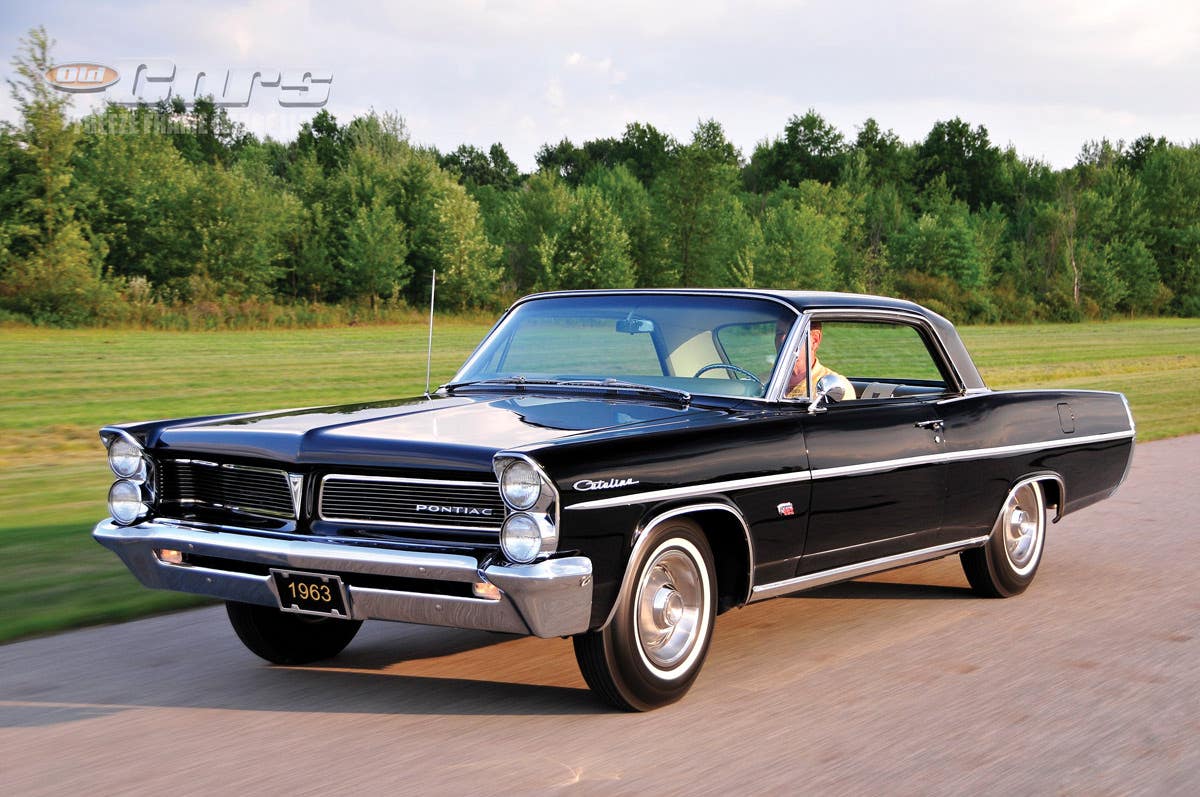Q&A with Kit Foster: June 19, 2014
Q. I have had a number of antique cars over the years, and with the oldest I usually continued to drive on bias-ply tires. An exception was a ’67 Cadillac…
Q. I have had a number of antique cars over the years, and with the oldest I usually continued to drive on bias-ply tires. An exception was a ’67 Cadillac convertible. It had modern radials when purchased, and I adhered to manufacturer’s recommended pressures. However, I now have a ’62 Buick Special Skylark, which came new with bias-ply tires, and a recommended pressure of 22 psi, rather low, but had new radials when acquired in 2008 with 33,000 miles. As the car weighs less than 2,700 lbs., I tried 22 lbs., but the tires appear to be way too low. I realize that radials always “look low,” and when I bought the car, the previous owner had them at about 28 lbs. That seemed high, and the ride was harsh. I have discussed with several experienced collectors, and have had conflicting suggestions. Does anyone have a rule of thumb for converting from bias to radials?
I do know, from experience, that manufacturers’ recommendations were not always best, especially years ago. My policy when buying a new car, (brand new, or just new to me) or installing new tires, is to check tread wear with a proper gauge, after 10,000 miles, and regularly thereafter. Sometimes, I have found it necessary to increase or decrease pressure to obtain proper, even wear, then try to check, and adjust pressures, every month, or close to that.
— “Pat” Jacobs, Snohomish, Wash.
A. I have mentioned in this column before that my “default” tire pressure on cars with radial tires is 30 psi. Most everyday cars I’ve owned recently (which tend to be 8-13 years old) specify pressures in that range. I have used similar pressures in older cars with radials. I have always considered pressures in the low 20s to be too low, partly because I prefer a firm ride. Yes, it is wise to check the pressures every month. What experiences have readers had?
-------------------------------------------------------------
Q. I have a 1970 Dodge Coronet 500 convertible that I bought new on June 19, 1970. When I would turn on the bright lights the switch would get hot after a few minutes and the headlights (regular beams and bright) would flash off then back on. I took apart the headlight switch on the dash (there is a set of breaker-like points in there) and cleaned up the contacts inside with emery cloth and this fixed the problem. Hope this helps.
— Dave O’Brien, Newark, Ohio
A. Thank you. This corroborates John Richey’s advice (May 29) that the flashing headlights on Ken Felty’s 1955 Thunderbird (May 1) were being caused by a circuit breaker in the light switch. Since the switch on your 1970 car was repairable, the odds are good that the one on the T-Bird might be as well.
-------------------------------------------------------------
Q. I just finished reading the story on the Maxwell Models AA and Q (May 8). A simple question from someone who grew up in the 1960s: When did car manufacturers start naming their cars? I grew up with GTOs, Chevelles and Bel Airs. I know there was a time when they were called roadsters or phaetons, Deluxe, Specials and, of course, given a numbers or letters such as A, T, 812 or AA like the Maxwell. So who and what was the first car manufacturer to “name” their car, such as Roadmaster?
— John Brejcha, Milton, Ga.
A. Well, Roadmaster didn’t bow until 1936, the year Buick added names to its series numbers (while keeping the numbers, which remained in use until 1972 but were de-emphasized after 1958). Model names, however, are far older. Lozier, for example, used Briarcliff and Lakewood in 1909-10, but these were body styles as opposed to full series. Pierce’s Great Arrow series, comprising four body styles, arrived in 1905. It was not until 1909 that “Arrow” was hyphenated with “Pierce” to become the marque name.
-------------------------------------------------------------
Q. This looks like a cylinder and a head, but I don’t know what it is for.
— Everett Fox, Fifield, Wis.
A. I do. I have one just like it in my garage, although it’s not as exposed as this one. Obviously it’s a T-head cylinder and head for an air-cooled engine. It came from a two-wheel Gravely tractor, one of the several Model L variants of the 1930s to ’70s. In normal use the air shroud and fan hide the fins and valve mechanism.
To submit questions to this column: E-mail angelo.vanbogart@fwmedia.com or mail to: Q&A, c/o Angelo Van Bogart, 700 E. State St., Iola, WI 54990-0001.
Got Old Cars?
If you don't subscribe to Old Cars Weekly magazine, you're missing out on the only weekly magazine in the car hobby. And we'll deliver 50 issues a year right to your mailbox every week for less than the price of a oil change! Click here to see what you're missing with Old Cars Weekly!
More Resources for Car Collectors:
- Classic car price guides, research, books, back issues of Old Cars Weekly & more
- Get expert restoration advice for your classic car
- Get car pricing, data and history all in one place
- Sign up for Old Cars Weekly's FREE email newsletter
- Need to buy or sell your classic car? Looking for parts or memorabilia? Search our huge online classified marketplace



